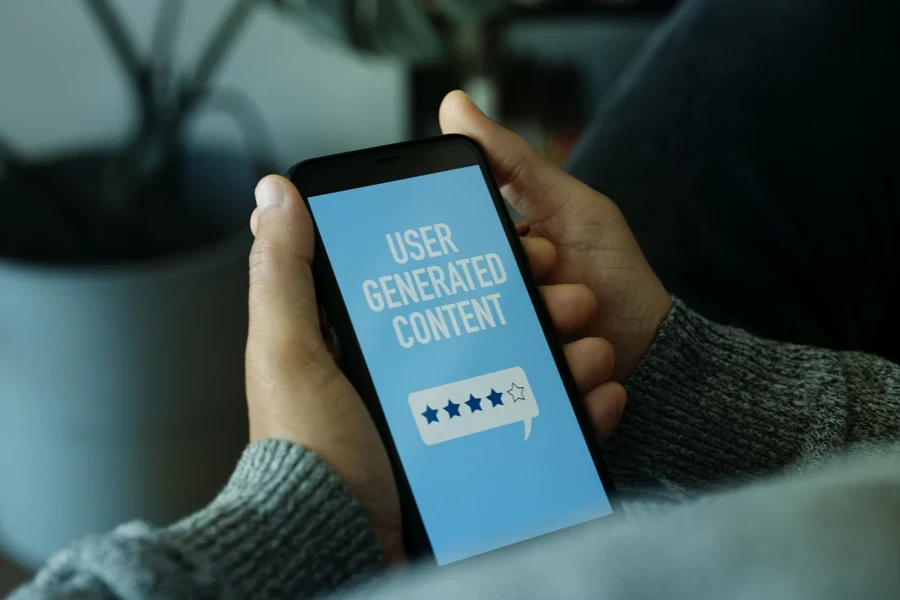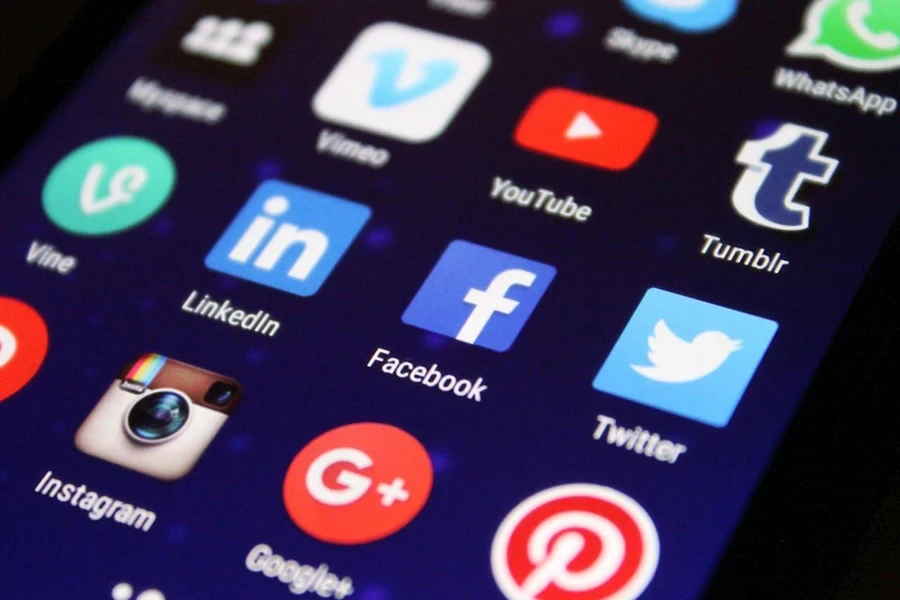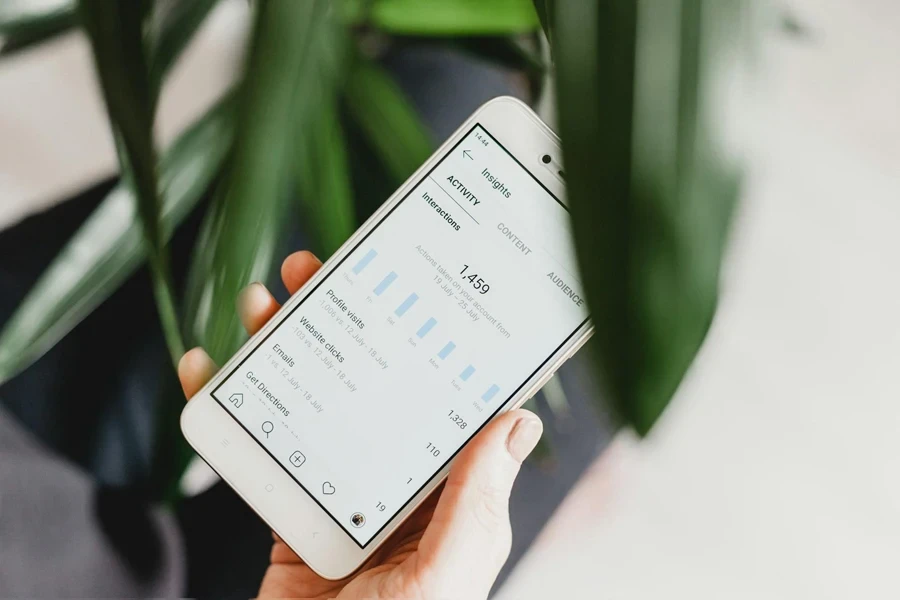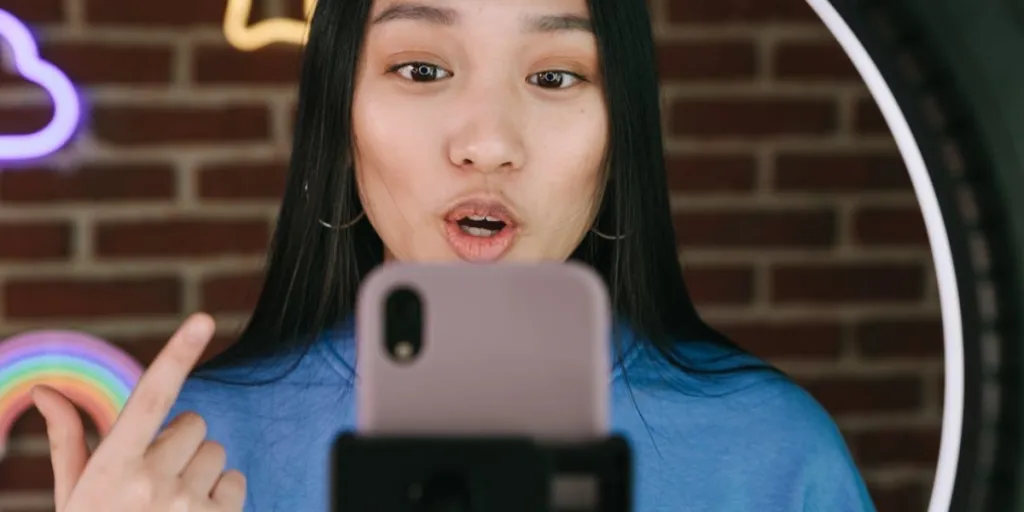If you’re here, you probably already know that influencer marketing has become a powerful marketing tool for businesses. However, getting started with influencer marketing can be daunting, especially for small businesses on a strict budget. But influencer marketing doesn’t have to break the bank.
Here, we will discuss strategies for getting started with influencer marketing on a budget and include some tips on maximizing your marketing efforts in 2024.
Table of Contents
Understanding influencer marketing
4 Strategies for influencer marketing on a budget
How to maximize your influencer marketing efforts
Final Thoughts
Understanding influencer marketing
Before getting into marketing strategies, let’s discuss what influencer marketing is and why it works.
Influencer marketing is a marketing strategy where businesses partner with individuals in the community, sometimes celebrities, who have influence on social media to promote your products or services. While some influencer marketing campaigns that first come to mind may be those like Nike, who work with big-budget professional athletes, being a celebrity or having a large following isn’t always necessary for a business to succeed with influencer marketing campaigns.
Partnering with influencers is effective because influencers can swag their audience’s purchasing decisions based on their relationship and credibility with their followers. This means a dedicated and engaged following is generally more important than the total number of followers.
According to a 2022 report by Influencer Marketing Hub, the influencer marketing industry was valued at US$ 16.4 billion, with 90% of marketers finding it effective.
4 Strategies for influencer marketing on a budget
So, before you start searching for the best influencer for your business to partner with, you must have a strategy for staying within your marketing budget.
Here are some strategies for influencer marketing on a budget:
1. Work with micro-influencers

As we mentioned, there are more important things than follower count. Micro-influencers (1,000 to 100,000 followers) and nano-influencers (less than 1,000 followers) are ideal for small businesses. These influencers often have higher engagement rates than mega-influencers because of their closer, more personal connections with their audience.
According to a study by Markerly, influencers with fewer than 1,000 followers have an average engagement rate of 8%, compared to 1.7% for those with more than 100,000 followers.
Example: A local bakery could collaborate with a micro-influencer focusing on food and lifestyle within their community. Despite having fewer followers, the influencer’s audience is more likely to be local and interested in food-related content, making the partnership more relevant and effective.
2. Leverage user-generated content (UGC)

User-generated content is a cost-effective way to enhance your influencer marketing efforts. UGC refers to any form of content, such as text, images, videos, reviews, or comments, created by users or consumers rather than professional creators or brands.
Encourage your customers to share their experiences with your products on social media; for example, create a branded hashtag. You can then feature this content on your channels, creating a sense of community and authenticity.
According to Stackla, 79% of people say UGC highly impacts their purchasing decisions, and 92% of consumers trust UGC more than traditional advertising.
Learn more about user-generated content and why you should incorporate it into your marketing strategy.
3. Offer free products or services
Offering free products or services over monetary compensation can be a budget-friendly option for small businesses. However, this tactic comes with some potential downsides to consider.
First, this is likely most effective for brands with a unique or exceptionally high-quality product that influencers will be interested in using or testing. Second, it’s likely to limit you to collaborating only with smaller nano-influencers, which could impact the reach of the campaign.
A few other things to consider include:
- Influencers who only receive products may not feel as invested in the collaboration as they would with monetary compensation. This can result in lower-quality content or less enthusiastic promotion, such as simply mentioning the product rather than providing an in-depth review.
- When offering free products, businesses often have less control over the content influencers produce.
- Regularly offering free products can sometimes dilute the brand’s perception of exclusivity or value.
So, if you’re considering offering free products in exchange for collaborations with influencers, be intentional about who you contact and how you approach the collaboration.
4. Build long-term relationships
According to Influencer Marketing Hub, long-term relationships with influencers yield better results, as ongoing partnerships lead to higher engagement and loyalty from their followers. So, rather than investing in one-off collaborations, take the time to invest in longer-term relationships with influencers.
Example: A small eco-friendly fashion brand might partner with an influencer who is passionate about sustainability. By working together over several months, the influencer can create a narrative around the brand, enhancing authenticity and trust with their shared audience.
When building long-term relationships with influencers, take the time to collaborate on a content calendar for the time you will be working together and outline the expectations regarding content frequency, messaging and campaign goals. At the same time, influencers should be ensured some creative freedom and involvement in decision-making regarding their content. And be willing to adapt based on what resonates best with the audience and what’s performing well.
How to maximize your influencer marketing efforts

Here are a few additional tips that can help your business maximize its influencer marketing efforts by ensuring you get the most out of your campaigns:
- Clearly define your goals: Before diving in, clearly outline your objectives. Are you looking to increase brand awareness, drive sales, or grow your social media following? Clear goals will help you measure the success of your campaigns and adjust strategies as needed.
- Choose the right platform(s): Different social media platforms cater to different demographics and types of content. Choose platforms that align with your target audience and marketing goals.
- Monitor and measure performance: Track the performance of your influencer marketing campaigns to understand what works and what doesn’t. Use analytics tools to monitor metrics such as engagement rates, click-through rates, and conversion rates.

It’s also critical to build an authentic relationship with an influencer who aligns with your brand’s values to create genuine content that will resonate with your audience. Additionally, be open to influencer feedback and be willing to adjust your strategy. The influencer likely has extensive experience in their niche and knows some effective techniques for connecting with your shared audience.
Final thoughts
Influencer marketing is within reach for small businesses on a budget. As you can see, there are many ways to effectively engage with influencers, particularly micro-influencers, and still have an impact without breaking the bank.
Before you start your research, consider what you would like to achieve with influencer marketing and what types of influencers would be the best fit for your business and its values, as finding the best fit is critical.
Learn more about influencer marketing and some of the top influencers you may want to consider partnering with at Alibaba.com.




